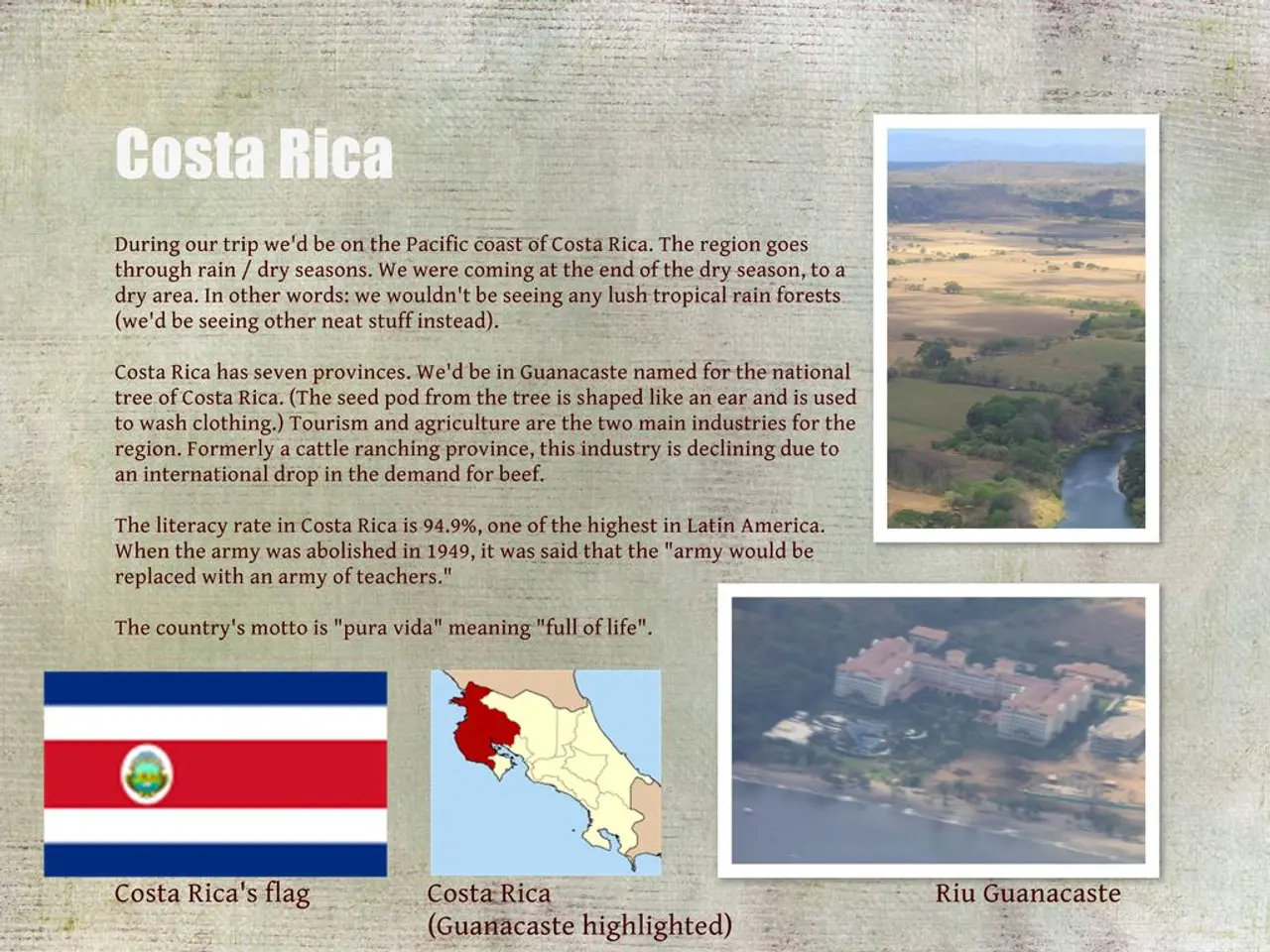Severe heatwave grips southwestern Iran, reaching temperatures over 50 degrees Celsius
In the heart of the Middle East, Iran is currently grappling with a severe water crisis and scorching temperatures. The situation has become so dire that President Massud Peseschkian has called for urgent measures to save water in Tehran, the country's capital.
If the population does not cooperate, Iran might face a "crisis of empty reservoirs" as early as September, according to warnings. The authorities have already ordered water supply shutdowns in numerous cities, including Tehran, due to the dwindling water resources.
The extreme heatwave has sent temperatures soaring across the country. Cities like Tehran have experienced days with temperatures above 45 degrees Celsius, while the temperature in Omidieh, located in the oil-rich province of Khuzestan, has reached a staggering 51 degrees Celsius. This province is one of the hottest inhabited regions on Earth.
In recent years, climate researchers have recorded a significant decrease in rainfall in Iran, making the situation even more challenging. The country, one of the driest in the world, is being affected by climate change faster and harder than many other regions.
Extreme weather events such as droughts and flash floods have increased in Iran, further exacerbating the water crisis. Environmental scientist Kaweh Madani admitted that they have failed in their efforts to manage the water crisis.
However, it's important to note that while Iran's deserts may be hotter in surface temperature terms, Death Valley in California, United States, holds the highest certified air temperature of 134.1°F (56.7°C), a record set on July 10, 1913. This remains the globally recognized record by the World Meteorological Organization (WMO).
In southern Iran, a heat index of 178°F was reported, reflecting a lethal combination of temperature and exceptionally high humidity. Although this does not represent the actual air temperature, it underscores the extreme heat-related danger in the region.
The situation is further complicated by a meteorological warning predicting sandstorms and poor air quality in parts of Iran. According to climate experts, 80% of Iran's reservoirs are nearly empty, adding to the urgency of the situation.
References:
- Climate Central
- NASA Earth Observatory
- World Meteorological Organization
- More scientific research is needed to address the rapid and severe impact of climate change on the water resources in Iran, particularly in the field of environmental science.
- As the climate continues to change, weather forecasting needs to improve to better predict extreme weather events such as droughts and flash floods, which are increasingly affecting Iran and exacerbating the water crisis.
- The dire situation in Iran highlights the urgent need for global efforts to combat climate change, not just in the field of environmental science, but in all areas of science, to ensure the future sustainability of our planet's weather and climate systems.








